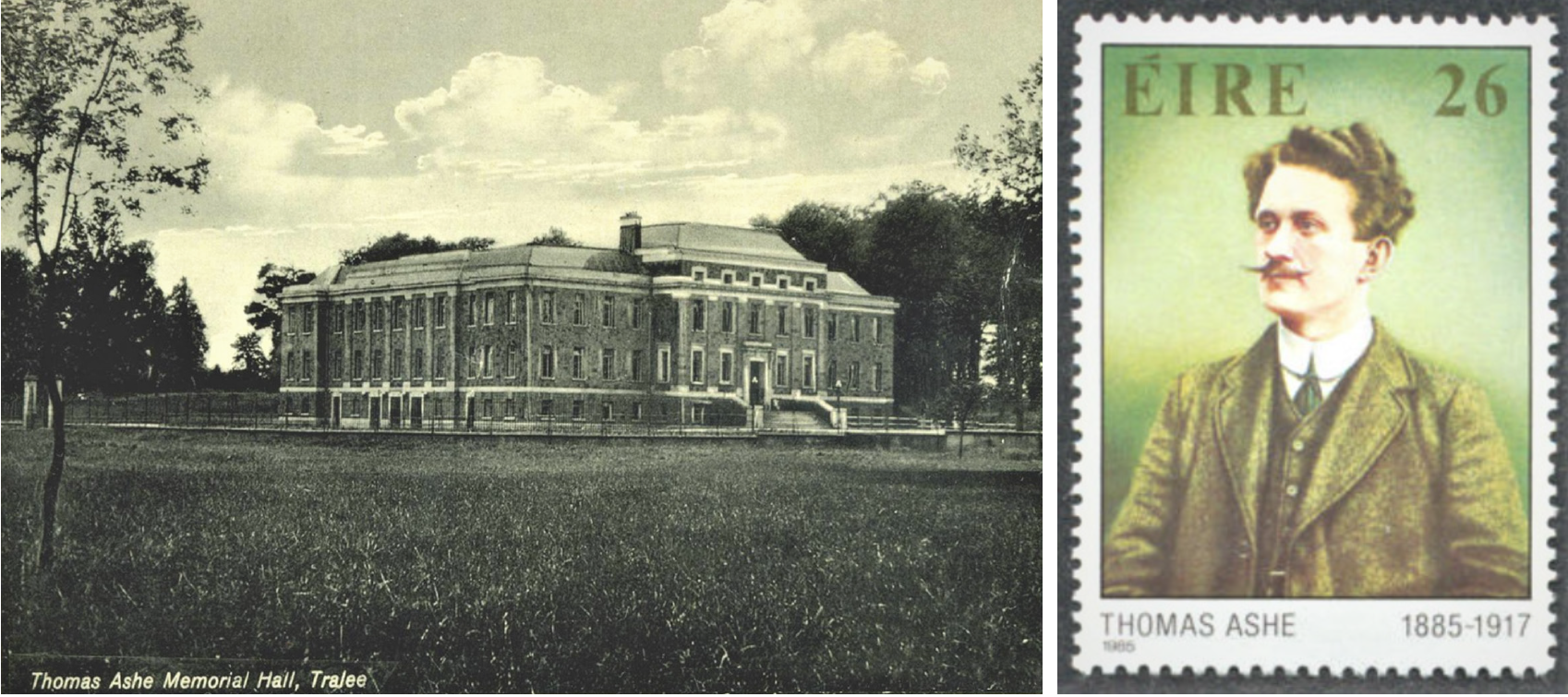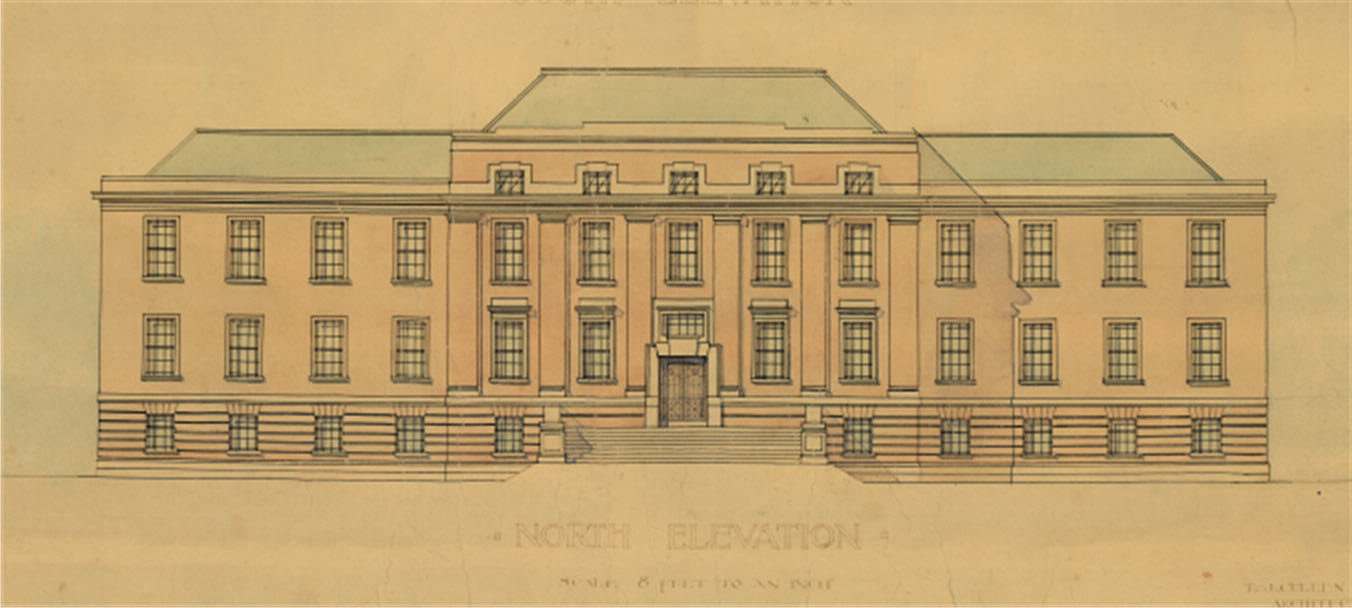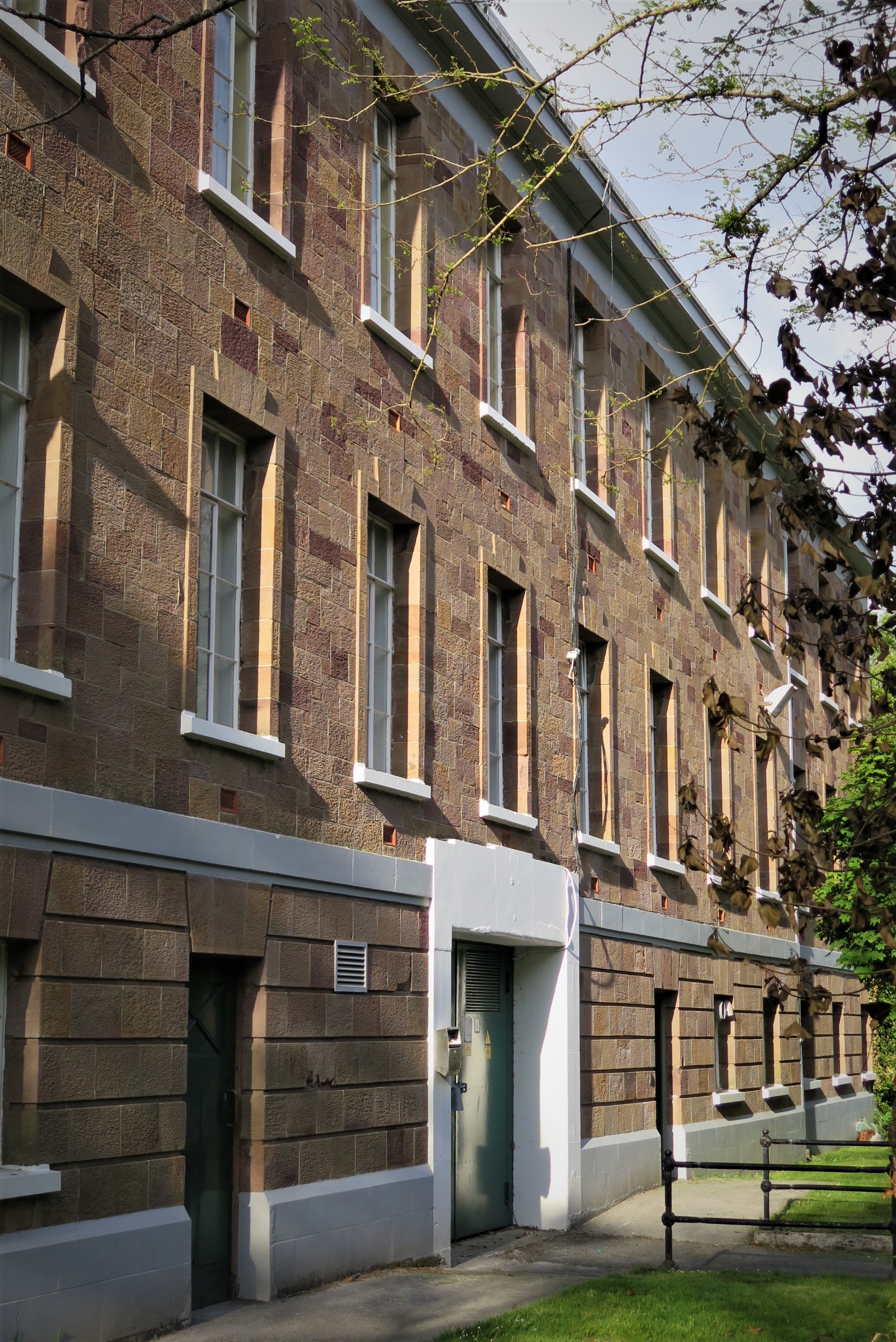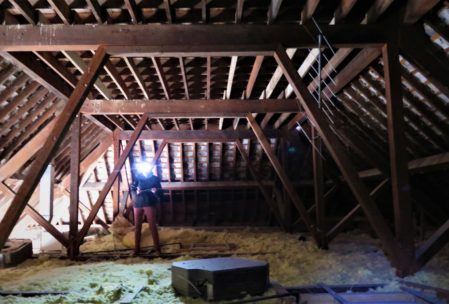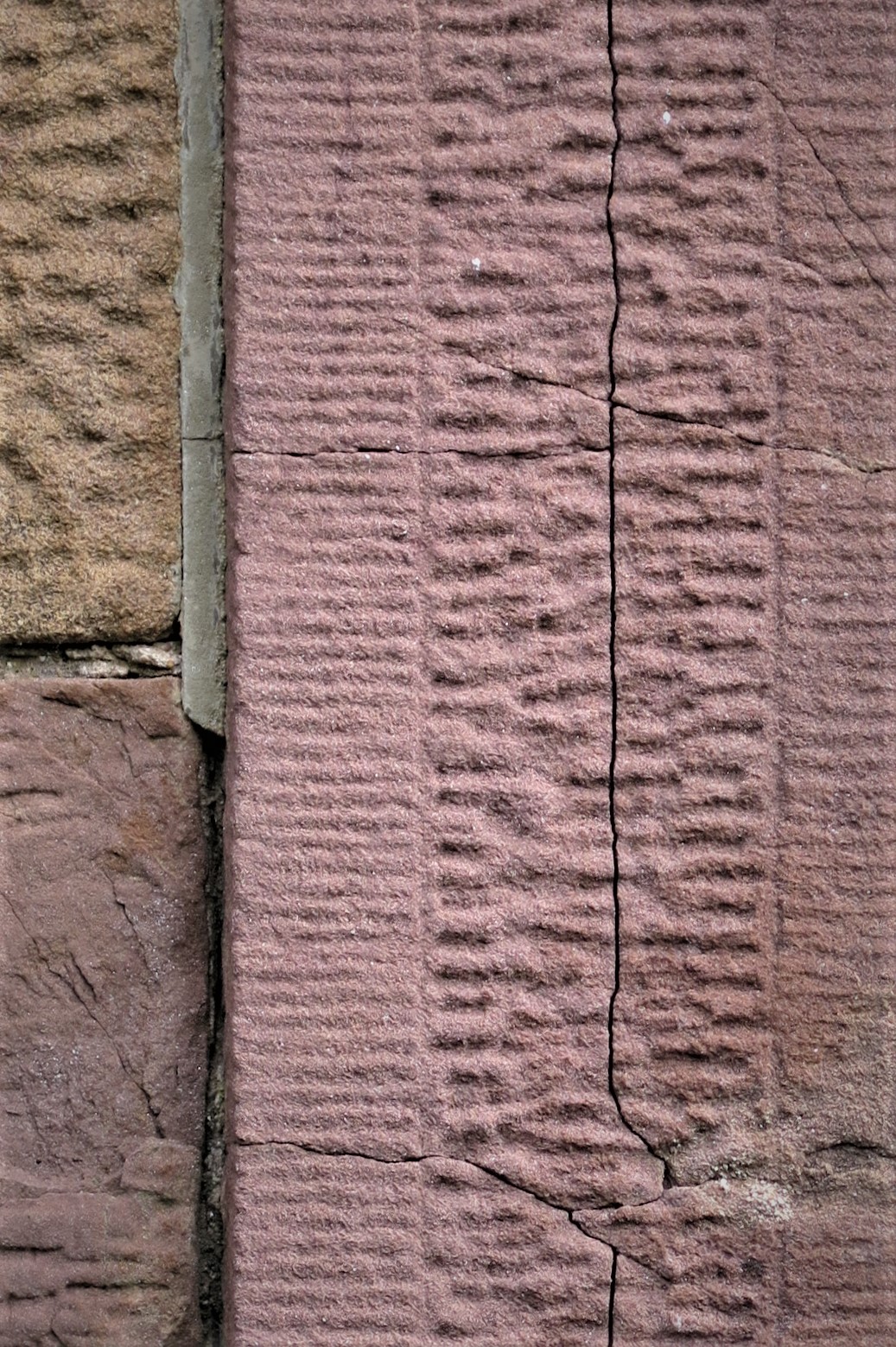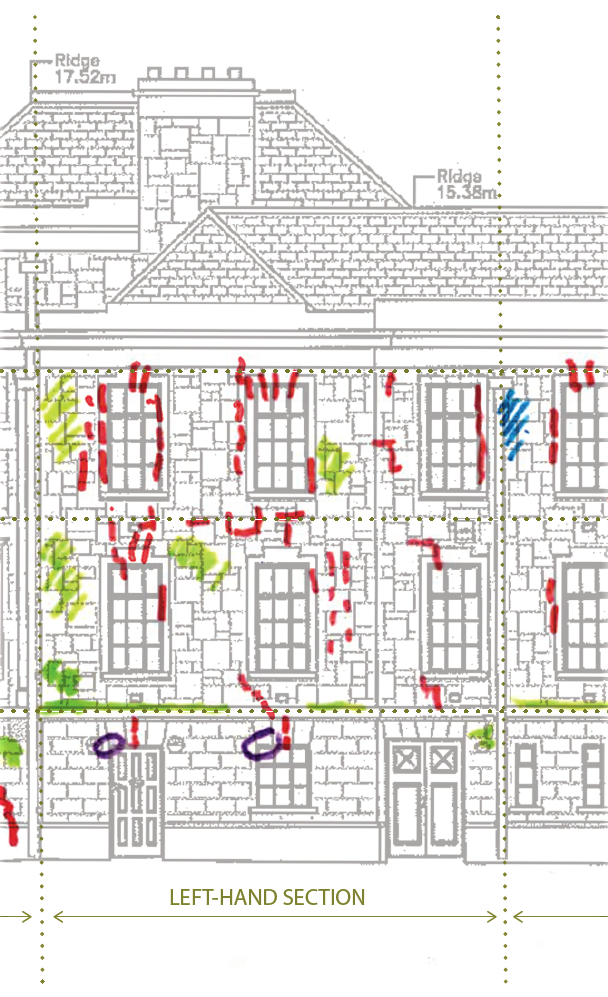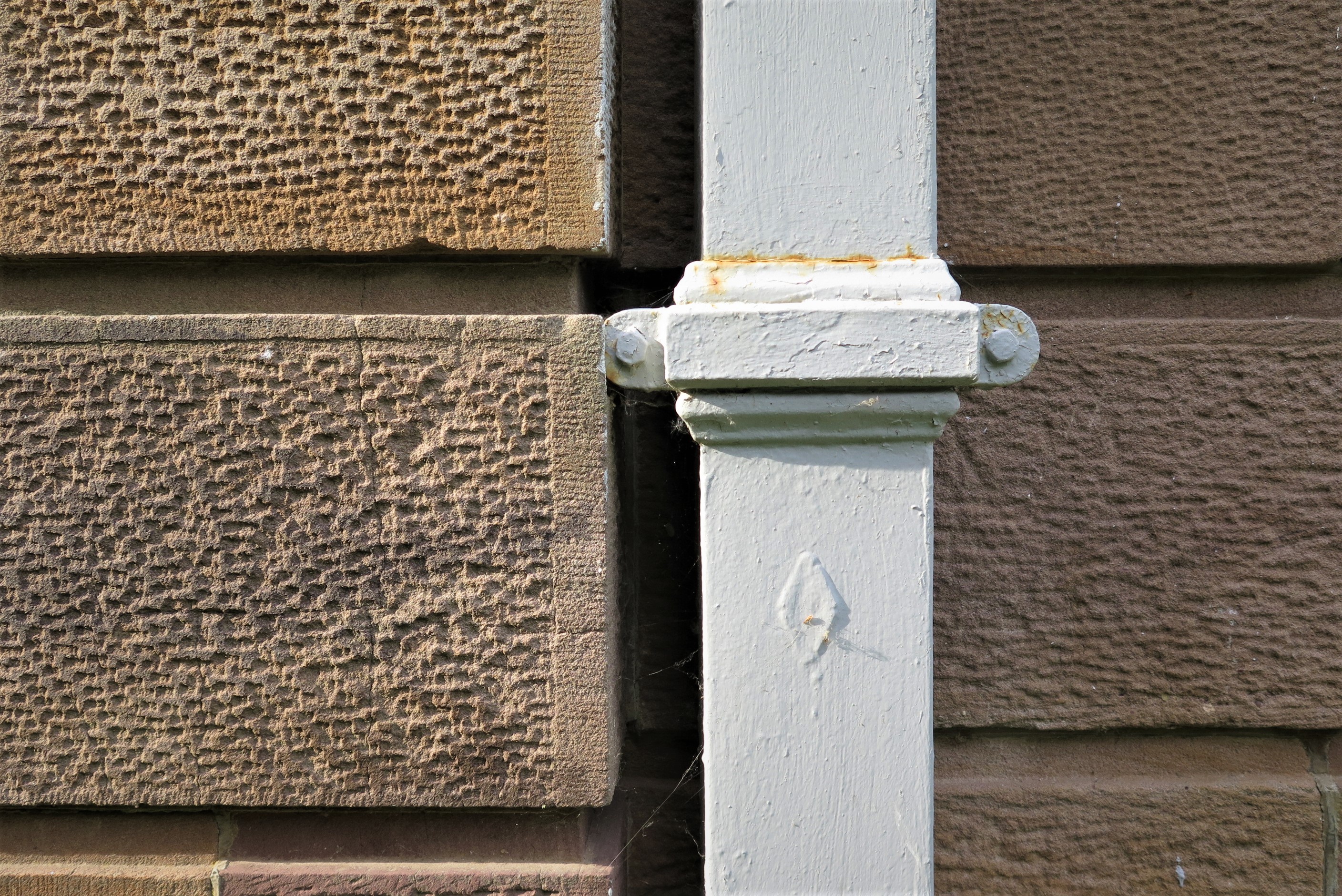Ashe Memorial Hall
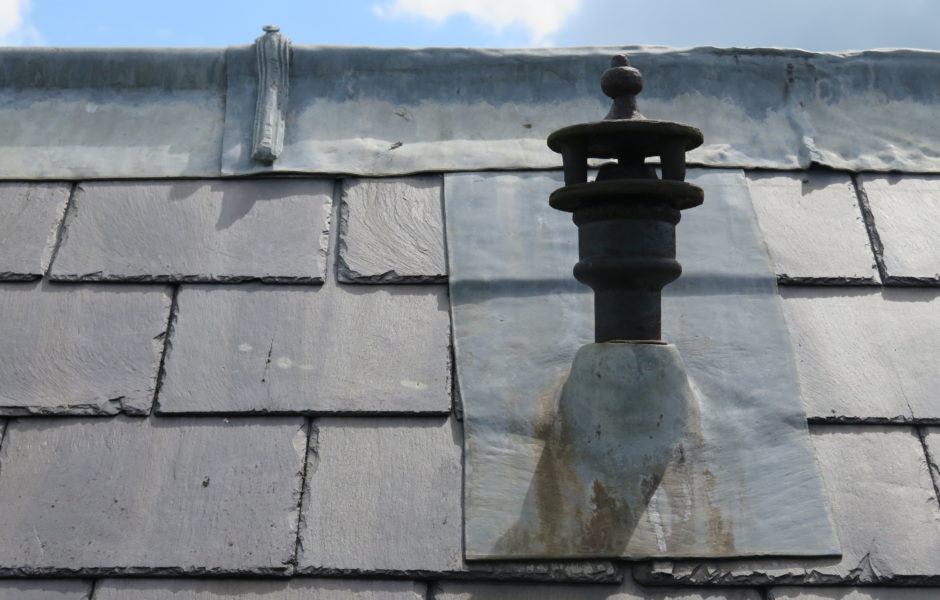
After the War of Independence and Civil War, a major building programme was undertaken throughout the state. In 1923 architect T.J. Cullen won the contract for new civil offices from Kerry County Council. Given its location at the southern end of Denny Street, Tralee, which up to that time, had been a cul-de-sac, the Ashe Hall was designed to take full advantage of its location within a parkland setting. The building, designed to be seen in the round, was positioned to create a terminal vista to Denny Street. The building was opened to the public in March 1928. The original brief was complicated having to include for offices, residential accommodation, a theatre, backstage and service facilities.
In 2019 Karol O’Mahony Architects were engaged by the current owners, Kerry County Council to prepare a Conservation Assessment and Management Plan, the specific purpose of which was:
- To gain a comprehensive understanding of the significance of any changes to the external historic fabric since an earlier report of 2008, and
- To prioritise a schedule of works for the future conservation management of the building.
Historical archives, drawings, and photographs were consulted followed by detailed on site surveys of each element. The report then set out the significance of each category; followed by findings of the condition survey; assessment of those findings; and finally the resultant recommendations. These varying recommendations are compiled into the Conservation Management Plan Schedule weighted by priority. This is now the key reference point for all future decisions on the Conservation of the Ashe Memorial Hall.
The Ashe Memorial Hall is of National Heritage Importance and is not only hugely impressive in its architectural design but equally so in its high quality construction materials and technical details. It consists largely of traditional construction techniques and these have performed excellently over the buildings lifetime, save for one exception at the non traditional concrete parapets.
- – The natural slate roofs with lead flashings are an example of quality robust craftsmanship with some extensive areas in excellent condition after almost a century. The majority of roof damage stems from modern interventions and repairs that fail to match the original quality.
- – The beautiful stone façades of the Ashe Memorial Hall are a celebration of local stone and stonemasonry. They have performed admirably in difficult circumstances where they have to deal with movement and continuous water ingress at parapet level. These are external and non standard conditions for a façade to deal with. Sandstone can sometimes be soft leading to widespread stone damage, however in this case the stone is of good quality and cannot be seen as a problem in itself. Across the extensive façades we noted only about 70 non induced stone flaws showing that inherent failures are few and far between, even after almost a century of weathering. The stone façades must be seen and valued for the crafted tapestry of local geology that they are and therefore afforded proper protection and respect. The widespread damage caused to stonework, much of which is irreversible; by potentially ongoing movement must be addressed as a matter of urgency.
- – The original windows are critical to the buildings architectural composition and quality. While the building owners had in the past a rolling programme of renovation this unfortunately ceased and was superseded by the ill-considered fitting of inner PVC windows and abandonment of the steel windows. This has left many of the windows in a more vulnerable state. The expertise involved in proper restoration of early 20th century steel windows is now well developed in Ireland so it is entirely possible to revive them. They will allow appreciation of the architecture as well as a special engagement with the immediate context of the town park. They can also step up to play their part in improving energy efficiency.
- – The concrete parapets are an exception in that their original design and material choice did not have the longevity or robustness of the other building methods. They have been an ongoing problem for a large proportion of the buildings lifespan, and unfortunately have caused considerable damage to the stonework. The parapet failures must be addressed now with a permanent long term solution that respects the buildings design.
The scale of the proposed conservation works at the Ashe Memorial Hall is significant. This necessary investment in proper conservation works should not be seen as a standalone action that serves only history. The issues at stake are critical to the buildings ongoing safety, its occupants’ well-being and current sustainability concerns. The fundamental starting point of any climate action plan for a traditional building is to ensure a dry weathertight fabric. The Ashe Memorial Hall for many decades has had compromised and wet masonry due to parapet leaks, stone cracking, and loss of pointing meaning that its energy performance will have been significantly reduced.
The Ashe Memorial Hall has since the 1920’s played a central role in the civic and social life of Tralee. It is now time to allow the Ashe to continue giving by investing in its care and maintenance.
Ashe Memorial Hall, Denny Street, Tralee, Co. Kerry. Conservation Assessment & Management Plan 2019.
Photography by Karol O’ Mahony.
